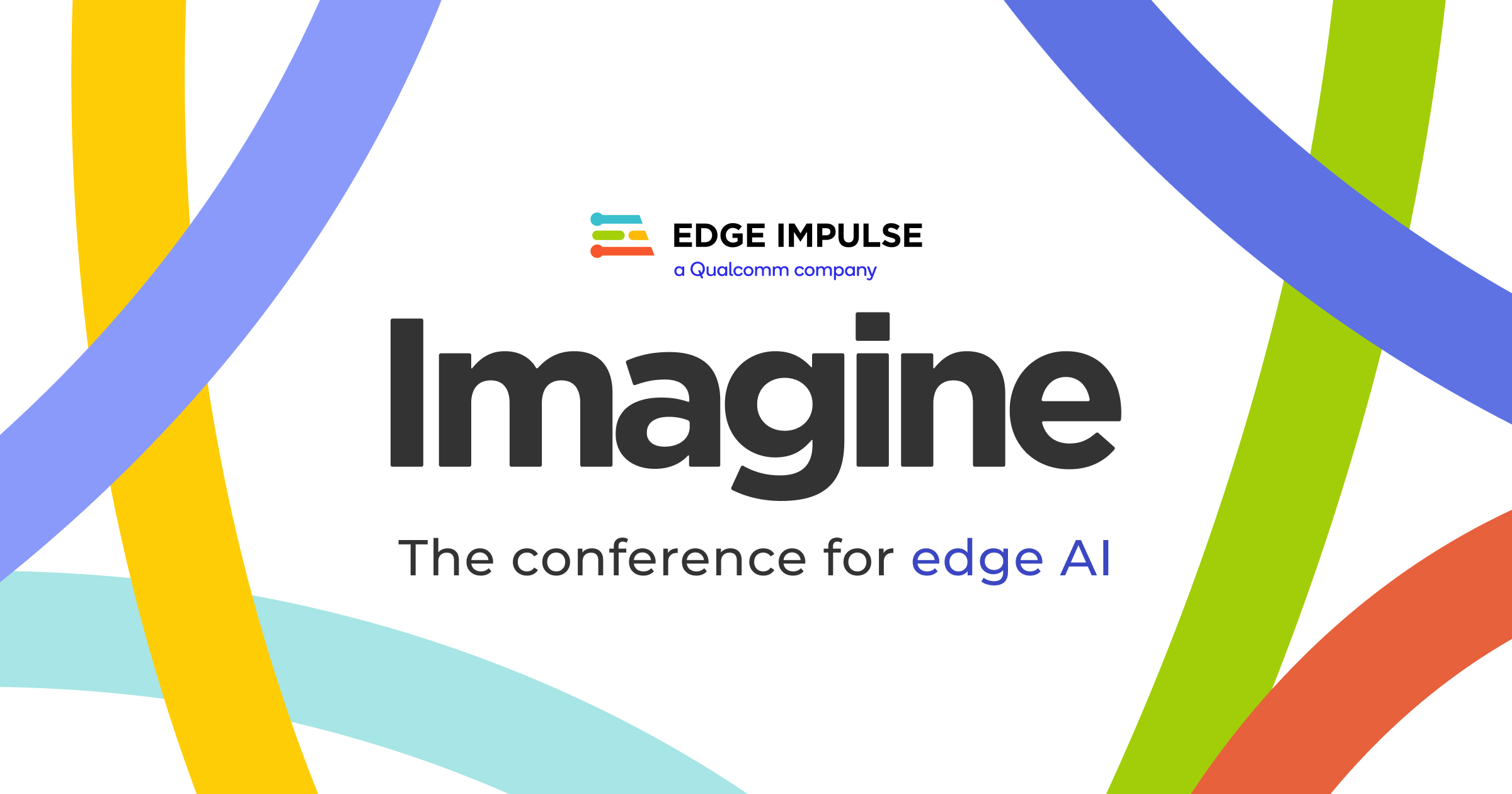Yes or no Ladies and gentlemen.......AKIDA???????
Back to top
RISC-V based ASSP Offered in Collaboration with Ecosystem Partners Delivers Complete, Production-Ready Motor Control System Solution
September 8, 2022

RISC-V ASSP for Motor Control
TOKYO, Japan ― Renesas Electronics Corporation (TSE: 6723), a premier supplier of advanced semiconductor solutions, today introduced the industry’s first RISC-V MCU specifically optimized for advanced motor control systems. The new solution enables customers to benefit from a ready-to-use, turnkey solution for motor control applications, with no development cost. Customers benefit from reduced time to market and cost reductions with the delivery of a pre-programmed ASSP that eliminates RISC-V related tools and software investment. Target applications for the new solution include home/building automation, healthcare devices, home appliances, drones and more.
Renesas has taken a leadership role in delivering RISC-V embedded processing solutions, having recently introduced the 64-bit general-purpose RZ/Five MPUs based on a 64-bit RISC-V CPU, and announcing development of RISC-V automotive solutions, as well.
“As the leading embedded processing provider, Renesas delivers the solutions our customers demand across any number of platforms”
said Roger Wendelken, Senior Vice President in Renesas’ IoT and Infrastructure Business Unit. “This RISC-V-based ASSP offers an optimum combination of low cost, quick time-to-market, and outstanding performance. It complements our current portfolio nicely, reaching out to new customers and emerging markets across the globe.”
Optimized Solution in Collaboration with Global Partners
Renesas’ new R9A02G020 motor control ASSP is based on RISC-V processing IP from Andes Technology Corp
. Franklin Lin, CEO of Andes, said, “We are thrilled to have Andes' entry-level RISC-V processor IP providing computing power in Renesas' R9A02G020 MCU ASSP. We believe Renesas making a powerful, low-power MCU ASSP available to the market will accelerate the incorporation of RISC-V in a broad array of applications. It will also encourage software developers to produce more creative and efficient applications for RISC-V, thus speeding up adoption of this next generation paradigm.”
Renesas will deliver the new
RISC-V ASSP pre-programmed with specialized application code developed by leading Independent Design Houses (IDHs) BFG Engineering and DigiPower (HK) Technology Ltd. Both BFG and DigiPower have specialized expertise in the motor control field and proven customer support capability. BFG is famous for sensor-less algorithms that allow customers to reduce motor start-up times. DigiPower has been creating cost-optimized, scalable motor drive solutions since 2008 and has designed specific solutions for control of refrigerator compressors, fans, pumps and more. Both BFG and DigiPower will work with customers to finalize designs and aid the transition to production.
SEGGER Microcontroller GmbH has also partnered in this effort. The complete SEGGER ecosystem, including Embedded Studio and J-Link, was a key element used to create and test these motor control solutions.
Key Features of the R9A02G020 Motor Control ASSP Solution
- Innovative, cost-optimized 32MHz, 32-bit CPU core based on license-free RISC-V ISA
- Rich analog IP functionality: ADCs with three dedicated PGA and S/H, two DACs, two comparators, temperature sensor
- Advanced motor control timers, two watchdog timers
- Small 24- and 32-pin QFN packages
- High temperature support up to Ta +125°C for harsh operating environments
- Sensor-less vector control for one BLDC motor, 1/3 shunt, PFC and Hall sensor inputs
- Flash: 48 KB
- SRAM: 16 KB (4KB with ECC)
- CPU and bus memory protection units
- Pre-programmed and tested motor control software
- Complete reference design: hardware, software, kit, tools, hardware datasheet, software datasheet, GUI manual, app notes
RISC-V Motor Control Winning Combination
Renesas has designed a
3-Phase Motor Control with RISC-V Core Winning Combination that employs the R9A02G020 and other compatible devices from Renesas portfolio to support general-purpose 3-phase motors. Renesas Winning Combinations are technically vetted system architectures from mutually compatible devices that work together seamlessly to bring an optimized low-risk design for a faster time to market. Renesas offers more than 300 Winning Combinations with a wide range of products from the Renesas portfolio to enable customers to speed up the design process and bring their products to market more quickly. They can be found at
renesas.com/win.
Availability
The R9A02G020 MCU ASSP motor control solution is available now. For further information, please visit:
renesas.com/R9A02G020.
About Renesas Electronics Corporation
Renesas Electronics Corporation (
TSE: 6723) empowers a safer, smarter and more sustainable future where technology helps make our lives easier. A leading global provider of microcontrollers, Renesas combines our expertise in embedded processing, analog, power and connectivity to deliver complete semiconductor solutions. These Winning Combinations accelerate time to market for automotive, industrial, infrastructure and IoT applications, enabling billions of connected, intelligent devices that enhance the way people work and live. Learn more at
renesas.com. Follow us on
LinkedIn,
Facebook,
Twitter,
YouTube, and
Instagram.
All names of products or services mentioned in this press release are trademarks or registered trademarks of their owners.
The content in the press release, including, but not limited to, product prices and specifications, is based on the information as of the date indicated on the document, but may be subject to change without prior notice.



